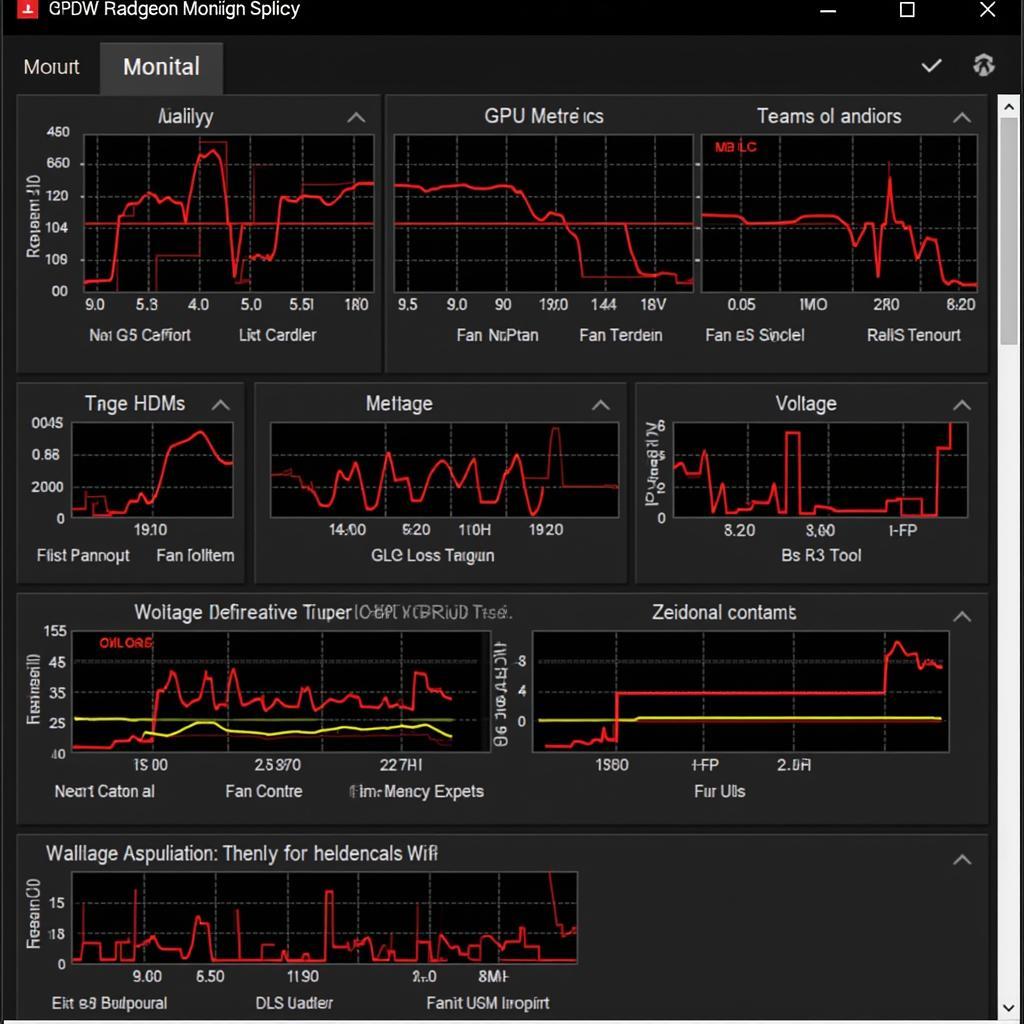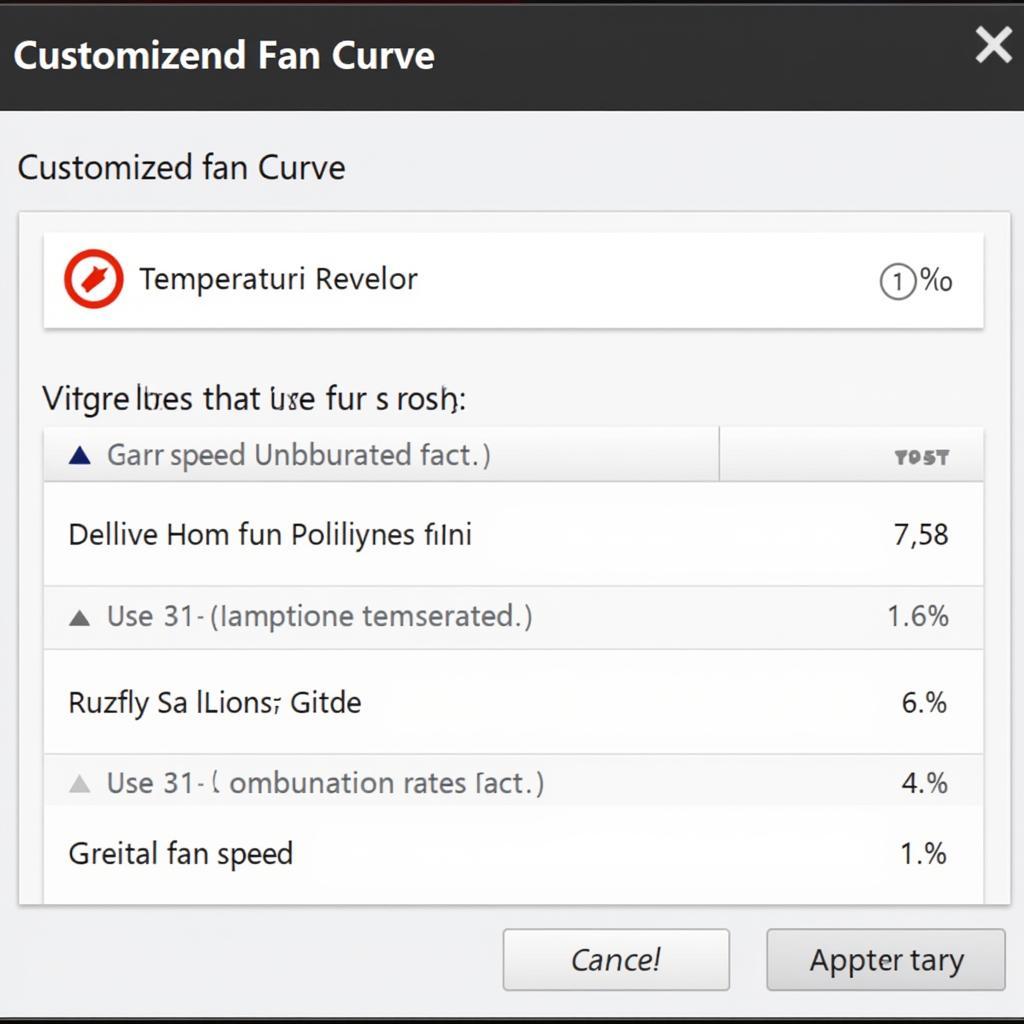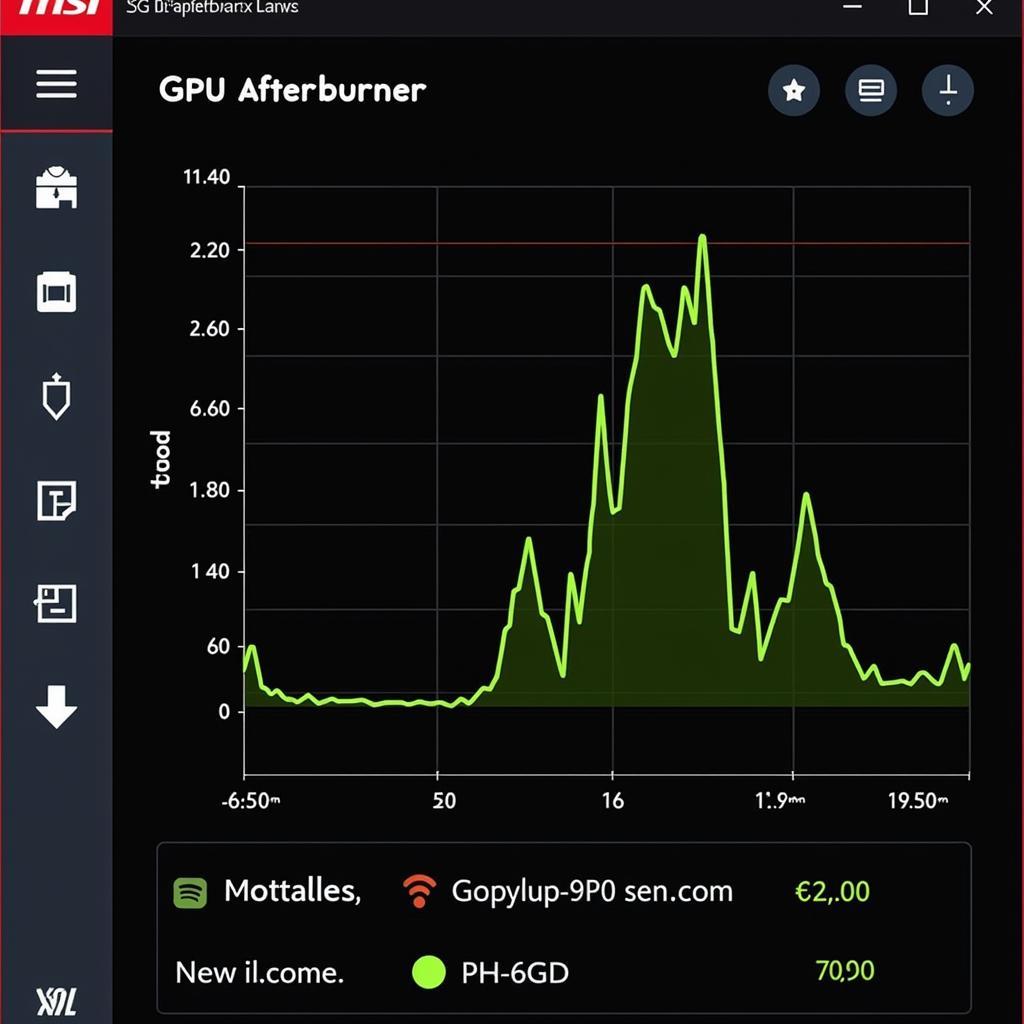AMD Wattman is a powerful tool that allows users to overclock and fine-tune their graphics cards for optimal performance. One crucial aspect of this fine-tuning is configuring fan speed, a feature that directly impacts both your GPU’s temperature and the noise it generates. Finding the right balance between these two factors can greatly enhance your overall computing experience, whether you’re a gamer, content creator, or casual user.
This comprehensive guide will delve into the intricacies of configuring fan speed within AMD Wattman, empowering you to achieve the perfect blend of quiet operation and cool temperatures. We’ll explore the importance of fan curves, different control modes, and provide step-by-step instructions to optimize your settings.
Understanding Fan Speed and its Importance
Before diving into AMD Wattman’s settings, it’s crucial to understand the role of fan speed in your GPU’s performance and longevity. In simple terms, the fan’s primary function is to dissipate heat generated by the GPU during operation. Higher fan speeds translate to increased airflow and more efficient cooling, preventing the GPU from overheating and potentially causing damage or performance throttling.
However, higher fan speeds often come at the cost of increased noise levels. This is where finding the sweet spot becomes essential – achieving sufficient cooling without introducing excessive noise.
AMD Wattman: Your Gateway to Fan Control
AMD Wattman provides a user-friendly interface for monitoring and adjusting various GPU parameters, including fan speed. Within Wattman, you can access detailed information about your GPU’s current state, such as temperature, fan speed percentage, and voltage. This data is crucial for making informed decisions about your fan configuration.
 AMD Wattman Interface
AMD Wattman Interface
Exploring Fan Control Modes: Manual vs. Automatic
AMD Wattman offers two primary fan control modes: Manual and Automatic. Each mode caters to different user preferences and usage scenarios.
1. Automatic Mode:
In Automatic mode, the AMD driver dynamically adjusts the fan speed based on the GPU’s temperature. This is the default setting and a convenient option for users who prefer a hands-off approach. The driver utilizes pre-defined temperature thresholds to trigger fan speed adjustments, ensuring adequate cooling in most situations.
2. Manual Mode:
Manual mode grants you granular control over your GPU’s fan speed. You can define custom fan curves by setting specific fan speed percentages at different temperature points. This mode is ideal for users who want to fine-tune their cooling solution for specific workloads or prioritize noise reduction.
Creating the Optimal Fan Curve
A well-configured fan curve is the key to achieving a balance between cooling and noise. Here’s a step-by-step guide to creating your custom fan curve in AMD Wattman:
- Open AMD Radeon Software: Locate the AMD Radeon Software icon in your system tray (bottom right corner of your screen) and double-click to open it.
- Navigate to Wattman: Click on the “Performance” tab within the AMD Radeon Software, and then select “Wattman.”
- Select Manual Mode: Choose the “Manual” option under the “Fan Control” section.
- Adjust the Fan Curve: You’ll see a graph representing the fan speed curve. Click and drag the points on the graph to adjust the fan speed percentage at different temperature points.
- Lower Temperatures (Left side of the graph): Maintain low fan speeds (20-30%) for quieter operation during idle or light workloads.
- Mid-Range Temperatures: Gradually increase the fan speed as the temperature rises, ensuring a gradual response to increasing heat.
- Higher Temperatures (Right side of the graph): Set higher fan speeds (70-100%) for aggressive cooling during demanding tasks like gaming or video editing.
 Custom Fan Curve Setup
Custom Fan Curve Setup
Tips for Effective Fan Control
- Start with Small Adjustments: When tweaking your fan curve, begin with minor adjustments and test the results under different workloads. Gradually fine-tune until you achieve your desired balance.
- Consider Ambient Temperature: Your room’s ambient temperature can significantly influence your GPU’s cooling needs. Adjust your fan curve accordingly, especially during hotter months.
- Monitor GPU Temperature: Regularly monitor your GPU temperature during operation using monitoring software like MSI Afterburner or HWiNFO. This will help you assess the effectiveness of your fan curve and make necessary adjustments.
Conclusion
Mastering fan speed configuration within AMD Wattman allows you to unlock the full potential of your graphics card while maintaining a comfortable noise level. By understanding the relationship between fan speed, temperature, and noise, you can create a customized cooling solution that caters to your specific needs and preferences. Remember to experiment and fine-tune your settings gradually, ensuring optimal performance and a more enjoyable computing experience.
FAQs
1. Can I damage my GPU by adjusting the fan speed?
While it’s highly unlikely to damage your GPU solely by adjusting fan speed within safe limits, setting extremely low fan speeds for prolonged periods under heavy workloads can lead to overheating and potential damage. It’s crucial to strike a balance between cooling and noise.
2. What’s a reasonable GPU temperature under load?
A generally acceptable GPU temperature under load is between 70-85°C (158-185°F). However, the ideal temperature can vary depending on the specific GPU model and the intensity of the workload.
3. Should I use the automatic or manual fan control mode?
Automatic mode offers convenience and generally adequate cooling for most users. Manual mode provides more granular control for users who want to fine-tune their fan curve for specific noise or temperature targets.
4. Can I sync my fan speed with other system fans?
Yes, many motherboard manufacturers offer software that allows you to control and synchronize your GPU fan speed with other system fans, creating a unified cooling profile.
5. How often should I adjust my fan curve?
It’s recommended to review and potentially adjust your fan curve periodically, especially after driver updates, significant changes in ambient temperature, or if you notice any unusual fan behavior or temperature fluctuations.
 GPU Temperature Monitoring
GPU Temperature Monitoring
For further assistance with configuring your AMD Wattman settings or any other tech-related queries, please don’t hesitate to contact our dedicated support team at Phone Number: 0903426737, Email: [email protected] Or visit us at: Group 9, Area 6, Gieng Day Ward, Ha Long City, Gieng Day, Ha Long, Quang Ninh, Vietnam. We’re here to help you 24/7.


